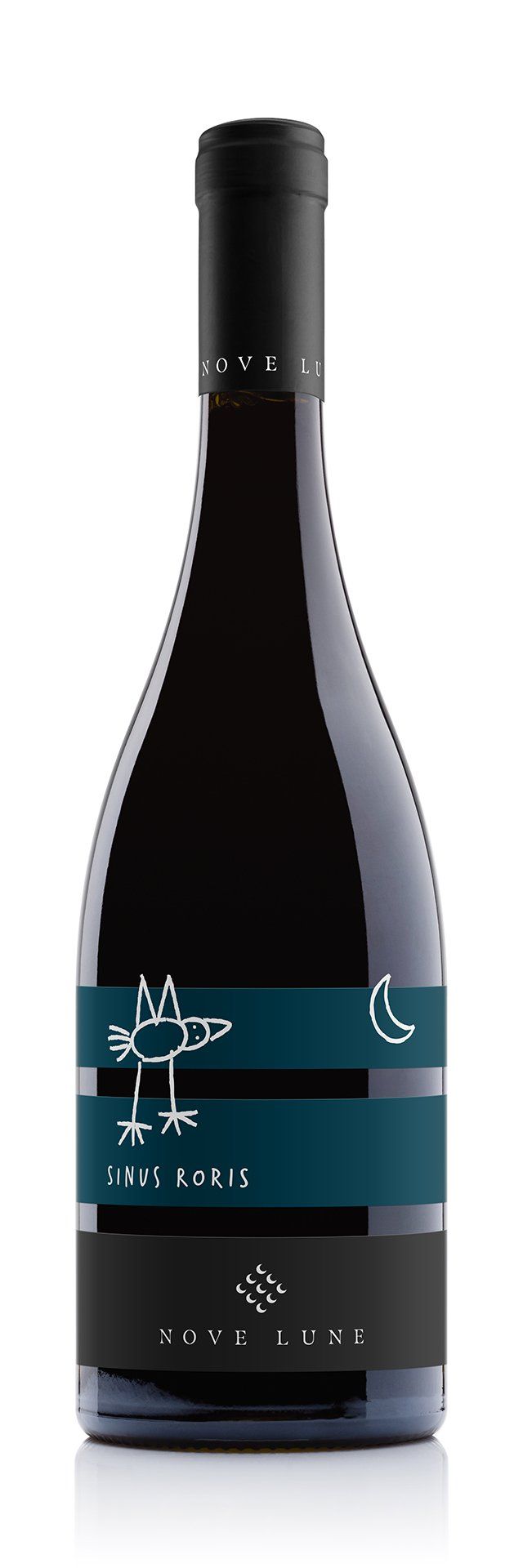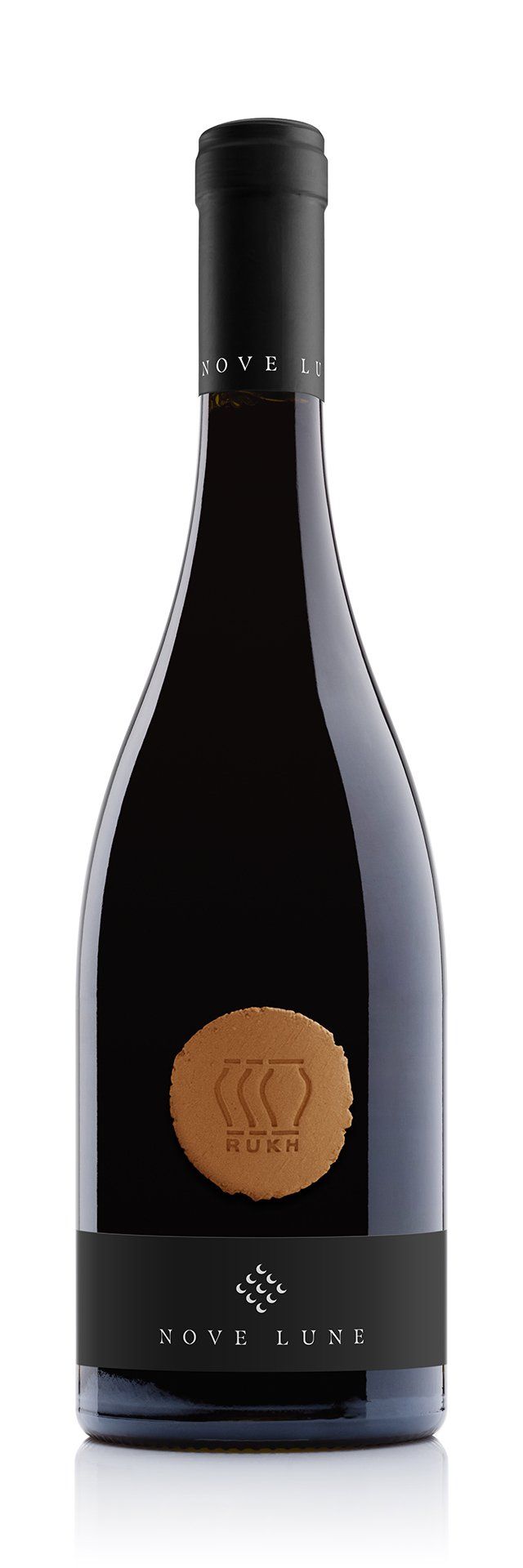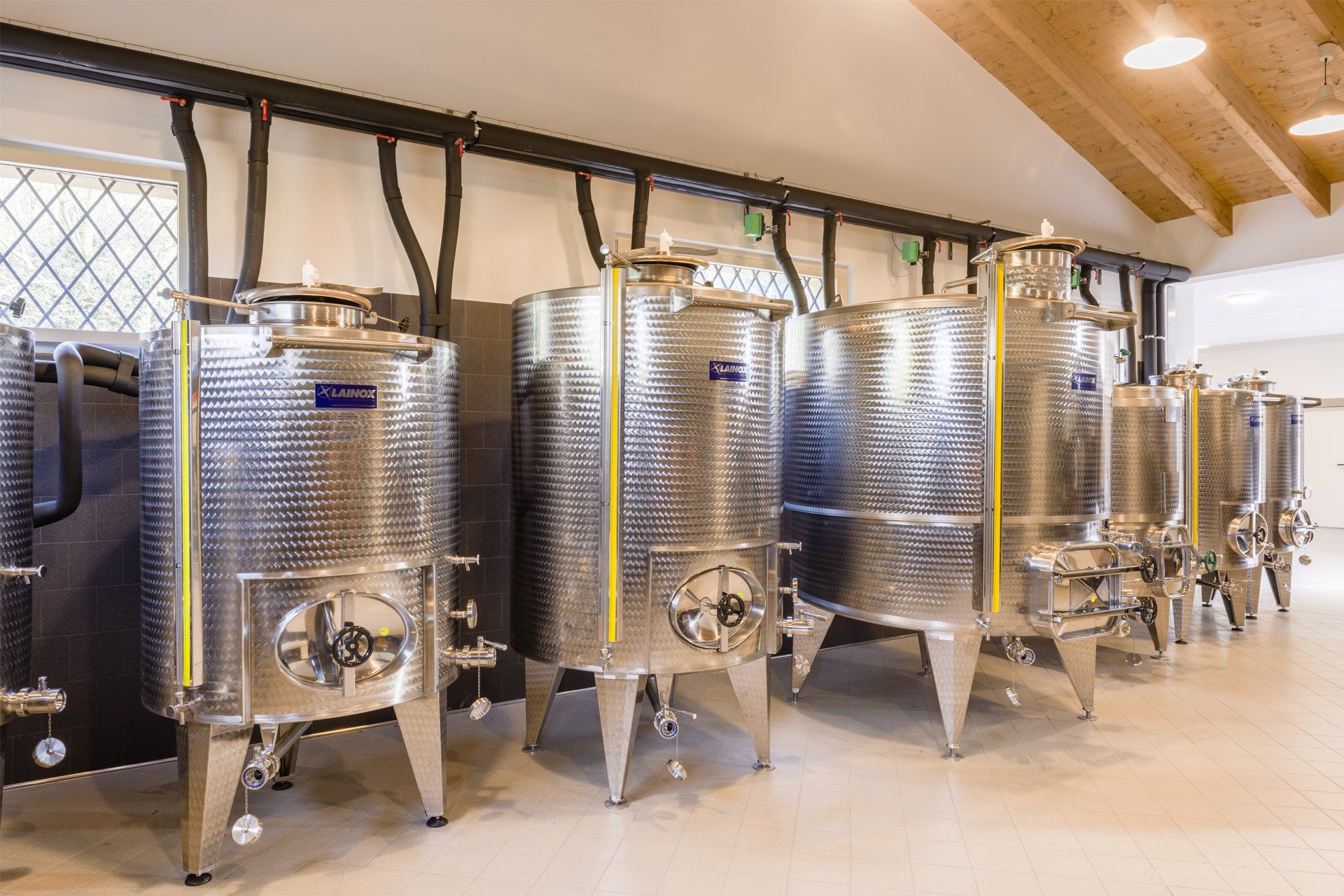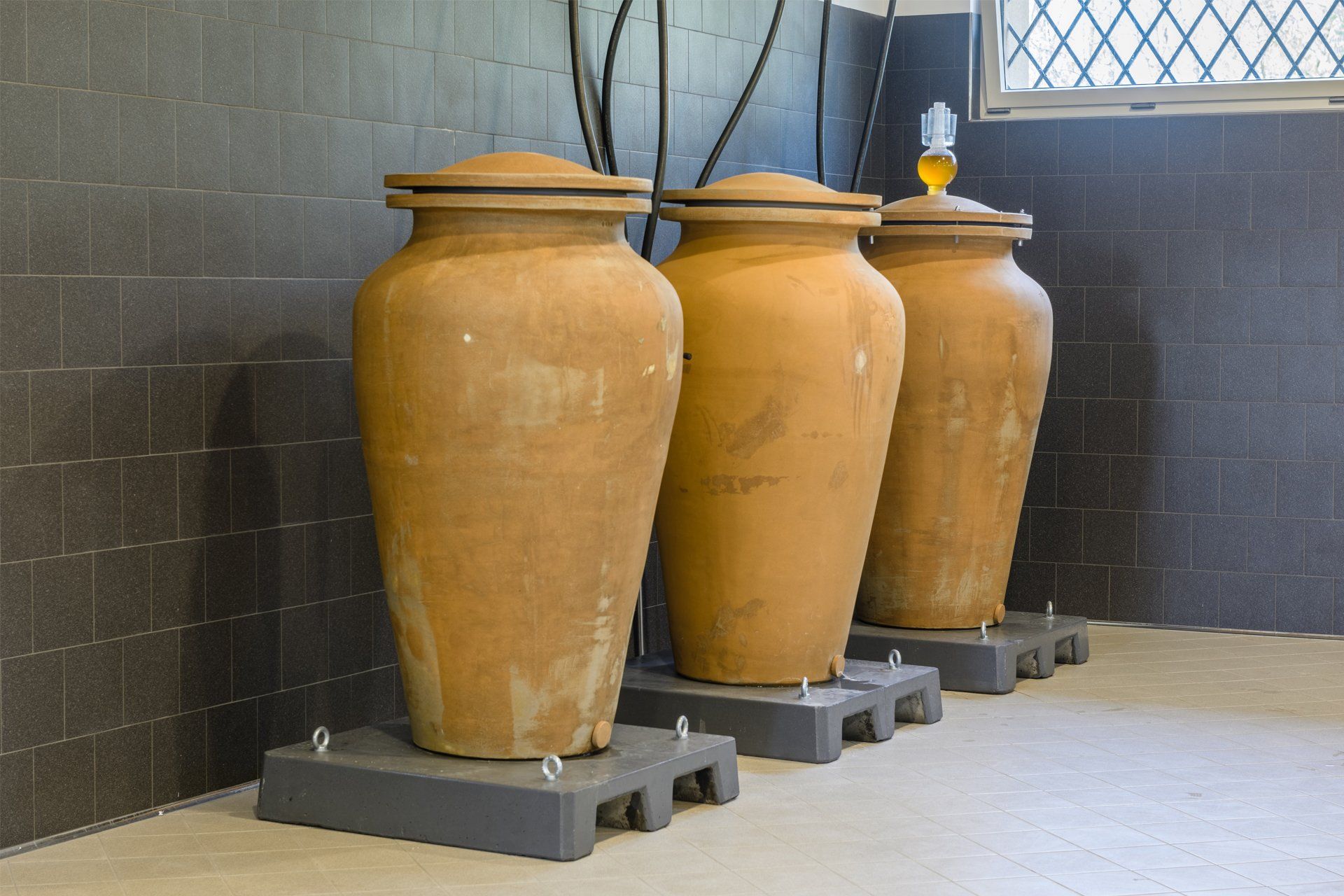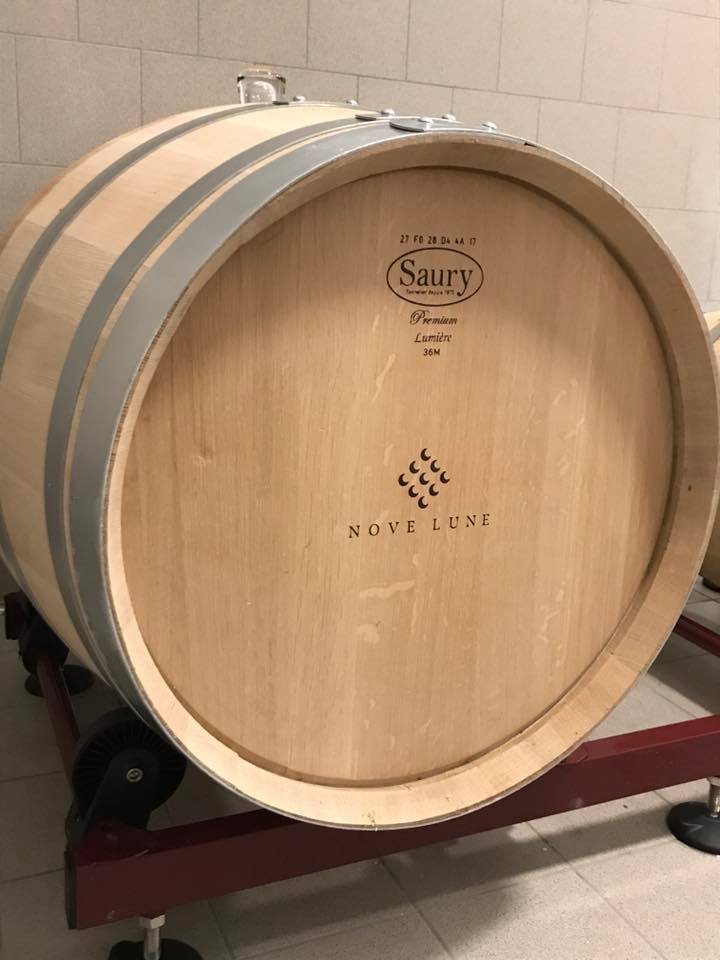"I wanted live and original wines that kept all the peculiarities of the grapes and the territory of origin, made in the most natural way possible, without the interference of chemistry."
Alessandro Sala
I work in the most traditional way, safeguarding however what is valid from our history, but renewing with what is given to us by the modern knowledge.
To produce my wines I use different materials, each with different characteristics: Steel - Terracotta - Cement - Wood
Steel
Steel barrels have the ability to control temperature. This makes them particularly suitable for use during the delicate fermentation of white wines. Steel is excellent for obtaining white wines of good quality characterized by a pleasant freshness to the taste and therefore with sufficient acidity, with distinct, fruity and fine aromas.
Terracotta
Terracotta allows a micro-oxygenation of the contents. This phenomenon is comparable to what happens with the use of wooden barrels but with the substantial difference of total absence of supplies from the organoleptic point of view. This reflects on the evolution of the product which maintains the characteristics of the original grape intact without bringing any type of organoleptic load during the various oenological processes. Terracotta also has an important ability to protect the contents from sudden temperature changes.
Concrete
The concrete egg produced by the market leader Nomblot is monobloc, cast in a single piece and without the addition of any product or chemical adjuvant, to guarantee a quality that is a primary requirement of Nove Lune. The particular egg shape without dead angles guarantees a better uniformity in the composition of the liquid and favors the must of the must. Moreover, the uncoated cement allows a better micro-oxygenation, and a partial absorption of heat, reducing the risk of reduction and leaving the acidity unchanged.
Wood
The use of wooden barrels is perfect for refining aging wines. In addition to the transfer of particular aromas, they guarantee a delicate oxidation, able to make the wine mature. In this way the different components merge and the wine will be more complex and harmonious. At the same time, through this controlled evolution, wine holds up better preservation and is more prone to aging and therefore more resistant to future oxidation. The contribution of oak tannins refines those already present in red wine by interacting with them, while it gives white wines a refined tannic aftertaste that they lacked. I always remember with admiration my university professor of oenological chemistry who repeated that the barriques are real reactors: the oxygen passes through the pores of the staves, in that area inside the barrel the tannins of the Oak are in contact with wine polyphenols and thus a reaction takes place, thanks also to the presence of acetaldehyde present in the wine, which allows them to merge to form complex compounds, those that we all want in a good red wine.





